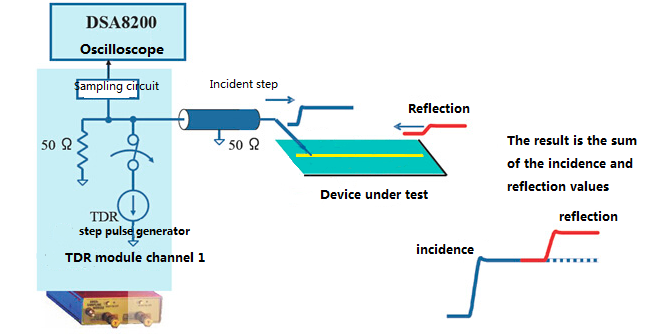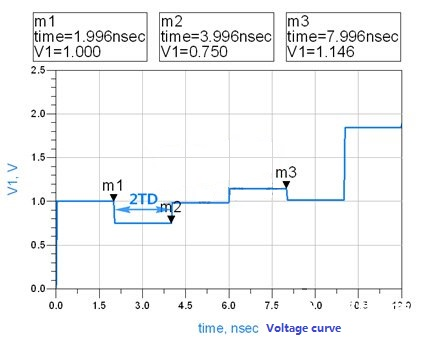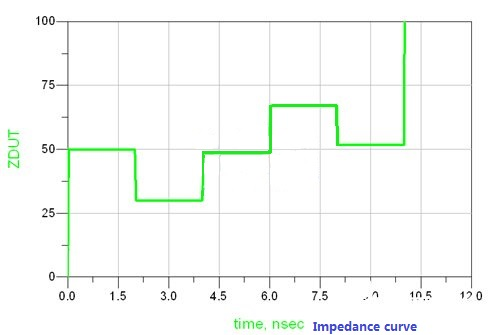Time:2021-05-18Views:
What is TDR?
TDR is the abbreviation of English Time Domain Reflectometry. It is the main tool for measuring the characteristic impedance of transmission lines. TDR is mainly composed of three parts: fast edge signal generator, sampling oscilloscope and probe system.
TDR test principle
TDR sends a pulse or step signal into the transmission path. When the impedance changes in the transmission path, part of the energy will be reflected, and the remaining energy will continue to be transmitted. As long as the amplitude of the transmitted wave is known and the amplitude of the measured reflected wave is known, the change in impedance can be calculated.At the same time, the phase of impedance change can be calculated as long as the time difference from the launch to the reflected wave and then to the launch point is measured.

According to the principle of reflection, the reflection coefficient

In the formula, ZDUT is the impedance of the device under test, Z0 is the output impedance of the TDR, usually a 50ohm standard resistance, Vreflected and Vincident can be measured by an oscilloscope, and the reflection coefficient ρ can be calculated to calculate the impedance ZDUT of the device under test.
Calculate the impedance of the device under test, and then look at how to calculate the electrical length of the device under test.
TDR generates a step signal into the device under test, which will generate an incident wave. After the incident wave encounters the discontinuous impedance in the device under test after the time delay TD, a transmitted wave will be generated, and the reflected wave will be superimposed on the incident wave. On the wave, and then reach the output end of TDR after time delay TD.
Emulate TDR via Simulation tools.
The voltage and impedance curves seen on the analog sampling oscilloscope, as shown below.


It can be seen in the impedance curve diagram that when the load is capacitively discontinuous, the impedance will be low; when the load is inductive discontinuous, the impedance will be high. Where impedance discontinuities are common in PCBs, vias, pads, and corners are usually capacitive, but the cross-split and breakout are usually inductive. Inductive impedance discontinuity. Capacitive Impedance Discontinuity.
The factors that affect TDR impedance FPC products are as follows.
1.The line width and thickness of the signal line.
2.The dielectric constant of the material.
3.The dielectric thickness of the insulating material
4.The product design is special such as irregular wiring, covered with a mask layer, the impedance line is designed as "Y" shape.
At XCF, we provide you with all kinds of professional TDR impedance flexible PCB and flex-rigid circuit board.

